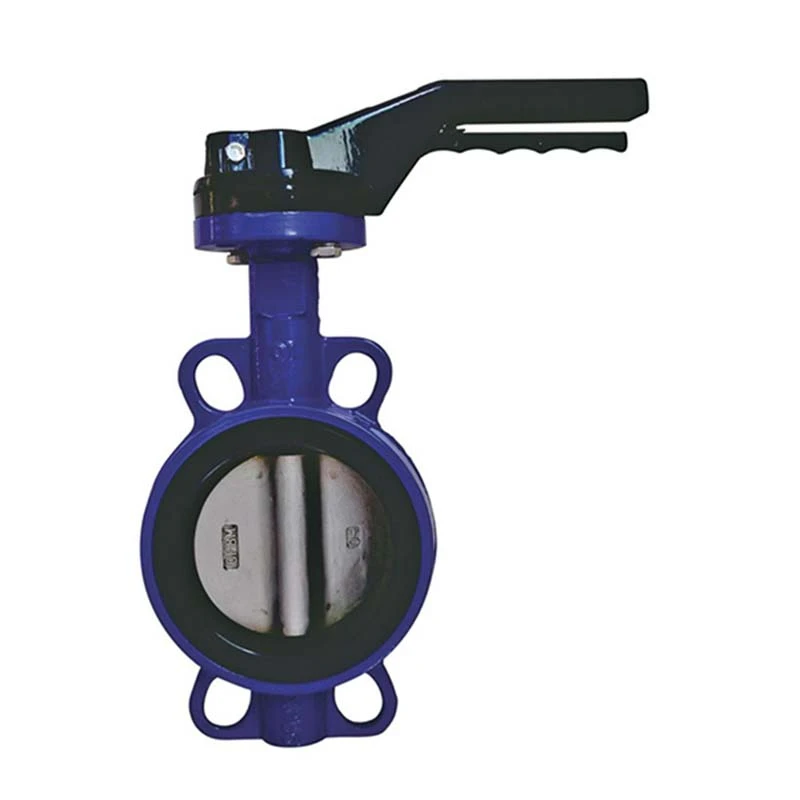Dec . 12, 2024 02:30 Back to list
epdm rubber expansion joint
Understanding EPDM Rubber Expansion Joints Features, Benefits, and Applications
EPDM rubber expansion joints play a crucial role in modern industrial applications, offering flexibility and durability in environments where temperature fluctuations and vibrations can create challenges for standard piping systems. EPDM, or ethylene propylene diene monomer, is a synthetic rubber known for its excellent resistance to heat, ozone, and weathering. This article explores the features, benefits, and applications of EPDM rubber expansion joints.
Features of EPDM Rubber Expansion Joints
1. Material Composition EPDM is favored for its outstanding resilience and elasticity. This material can withstand a wide range of temperatures, typically from -40°F to 250°F (-40°C to 121°C), making it suitable for various applications, including hot water and steam systems.
2. Flexibility and Movement One of the key features of EPDM expansion joints is their ability to absorb vibrations and movements caused by thermal expansion or contraction in piping systems. They can accommodate lateral, axial, and angular misalignments, which helps to minimize stress on the system and reduce the risk of failure.
3. Resistance Properties EPDM's resistance to aging, weathering, and chemical degradation is another significant advantage. It is particularly resistant to UV rays and ozone, making it a suitable choice for outdoor applications or environments with high levels of exposure to these elements.
4. Sealing Capability An effective expansion joint must provide a reliable seal to prevent leaks. EPDM rubber has excellent sealing properties, ensuring that fluids remain contained within the piping system, thus enhancing operational efficiency.
Benefits of EPDM Rubber Expansion Joints
1. Extended Lifespan Due to their resistance to environmental factors and physical stress, EPDM expansion joints have a longer operational life compared to traditional gasket materials. This longevity translates into reduced maintenance costs and fewer replacement needs over time.
2. Cost-Effectiveness While the initial investment may be higher than other types of joints, the durability and low maintenance requirements of EPDM expansion joints often result in significant long-term savings.
epdm rubber expansion joint

3. Improved System Performance By allowing for necessary flexibility and movement in piping systems, EPDM expansion joints help maintain the integrity of the system. This reduces the risk of leaks and failures, thereby enhancing overall performance and reliability.
4. Ease of Installation EPDM expansion joints are straightforward to install. They can be fitted between existing flanged pipe sections without extensive modifications, allowing for quick and efficient upgrades to existing systems.
Applications of EPDM Rubber Expansion Joints
EPDM rubber expansion joints are utilized in various industries due to their versatile properties
- Water and Wastewater Treatment In these facilities, the joints accommodate movement caused by shifting pressures and temperatures in piping systems transporting water and wastewater.
- HVAC Systems In heating, ventilation, and air conditioning systems, EPDM expansion joints help to reduce noise and vibrations while managing thermal expansions.
- Chemical Processing EPDM's resistance to a range of chemicals makes it suitable for use in chemical plants, where various substances can cause degradation in less durable materials.
- Power Generation In power plants, particularly those using steam, EPDM expansion joints are employed to manage the thermal expansion of piping systems while ensuring safety and efficiency.
Conclusion
EPDM rubber expansion joints are an essential component in various industrial applications, providing flexibility, durability, and resistance to environmental factors. Their unique properties make them ideal for managing the complexities of thermal expansion and vibration in piping systems. As industries continue to evolve, the demand for reliable and efficient expansion joints will only increase, making EPDM a popular choice for engineers and facility managers alike.
Share
-
Reliable Wafer Type Butterfly Valves for Every IndustryNewsJul.25,2025
-
Reliable Flow Control Begins with the Right Ball Check ValveNewsJul.25,2025
-
Precision Flow Control Starts with Quality ValvesNewsJul.25,2025
-
Industrial Flow Control ReliabilityNewsJul.25,2025
-
Engineered for Efficiency Gate Valves That Power Industrial PerformanceNewsJul.25,2025
-
Empowering Infrastructure Through Quality ManufacturingNewsJul.25,2025